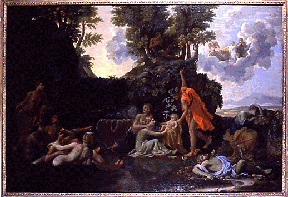Nicolas Poussin: "The Infant Bacchus Entrusted to the Nymphs of Nysa; The Death of Echo and Narcissus" (1657). The painting shows Mercury (in Greek, Hermes) delivering the newly born baby Bacchus (in Greek, Dionysus) to the nymphs of Nysa. The Hyades were also called the nymphs of Nysa because they lived on Mount Nysa.
Click on image for full size
Image courtesy of the Fogg Art Museum. Gift of Mrs. Samuel Sachs in memory of Mr. Samuel Sachs. To be reproduced only by permission of the Harvard University Art Museums. (c) President and Fellows of Harvard College, Harvard University Art Museums.
Hyades
For the ancient Greeks, the Hyades were daughters of Pleione and
Atlas, a giant who
carried the heavens on his shoulders.
The Hyades were sisters of the
Pleiades and the Hesperides.
They were very attached to their brother Hyas. One
day, while Hyas was hunting, he was killed by a lion. The Hyades were so
overcome with grief they committed suicide.
Zeus changed them into a cluster
of stars and placed them in the constellation
Taurus the Bull.
The
Hyades are in a peculiar V-shape,forming the horns and the nose of the bull. The brightest star in Taurus, Aldebaran, appears to belong to Hyades, although we now know it is much closer than the stars in the cluster. It represents the Bull's eye.
Because the Hyades appear during rainy
seasons, the Greeks believed them to be messengers of spring rain showers and
autumn storms. Their name means in Greek "to rain." The rain
was believed to represent their tears of grief for their brother Hyas.
According to a variant of the myth,
Zeus changed the Hyades into a group of stars as a reward for having nursed his
son, the god Dionysus.
Dionysus was the result of a clandestine affair between
Zeus and Semele. In order to hide the child from his jealous wife Hera, Zeus gave
him to the Hyades, who cared for him. Dionysus lived in a cave on Mount
Nysa in Libya, where he invented wine, for which he is mainly celebrated.
As a reward for their services, Zeus placed the images of the Hyades among the
stars in the heavens.
You might also be interested in:
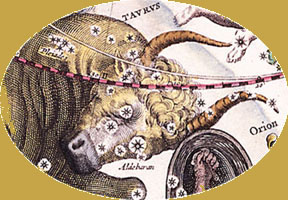
In Greek mythology, the Pleiades were seven sisters. Their names were Maia, Electra, Alcyone, Taygete, Asterope, Celaeno, and Merope. Their parents were the Titan Atlas and the Oceanid, Pleione. One day
...more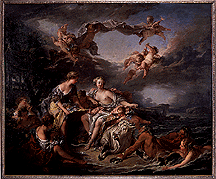
Europa was the beautiful daughter of the Phoenician king of Tyre, Agenor. Zeus (Jupiter), the King of the gods according to Greek mythology, saw Europa as she was gathering flowers by the sea and immediately
...more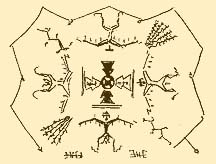
Ahsonnutli was the sky father and chief deity of the Navajo Indians. He created heaven, Earth, and the sky. Each of the four cardinal directions was supported by a giant. Each direction was also associated
...more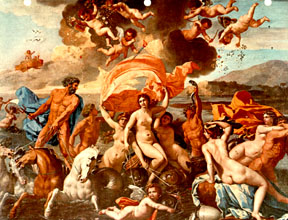
Amphitrite was one of the fifty Nereids, the attendants of the sea-god Poseidon. Poseidon (Neptune) had fallen in love with Amphitrite after seeing her dancing on the island of Naxos. Amphitrite rejected
...more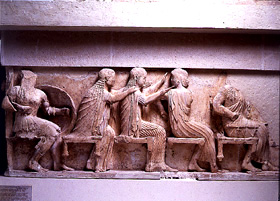
Aphrodite was the Greek goddess of love and beauty. She was known to the Romans as Venus. There were actually two different Aphrodites, one was the daughter of Uranus, the other the daughter of Zeus and
...more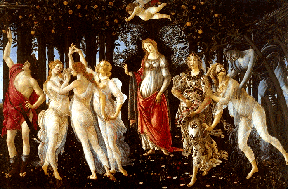
In Greek mythology, Apollo was the son of Jupiter(in Greek Zeus) and Leto (Letona). He was the god of the Sun, logic, and reason, and was also a fine musician and healer. Leto travelled all over Greece
...more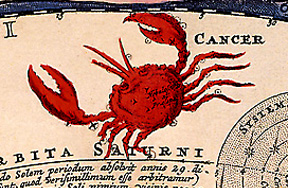
According to an ancient Greek legend, the figure of a gigantic crab was placed in the nighttime sky by the goddess Hera to form the constellation Cancer. Hera was the jealous wife of the sky god, Zeus.
...more


